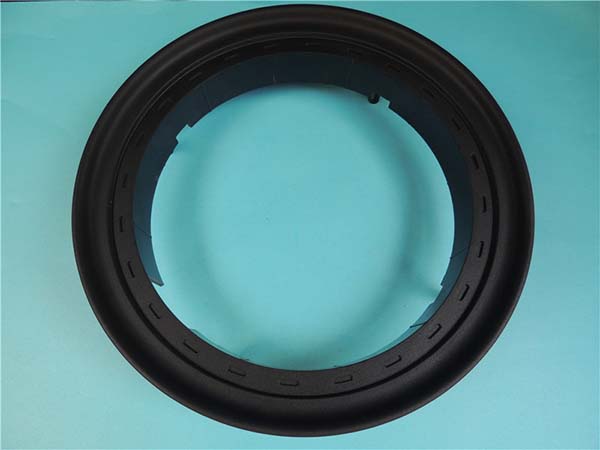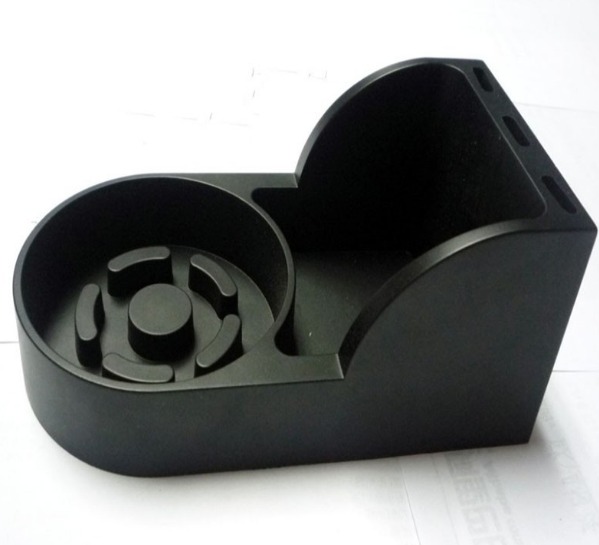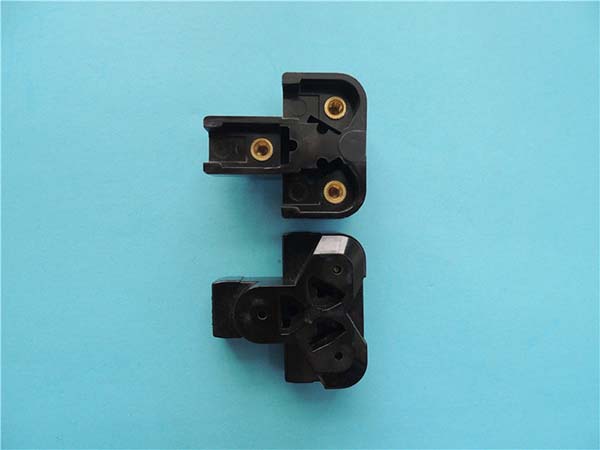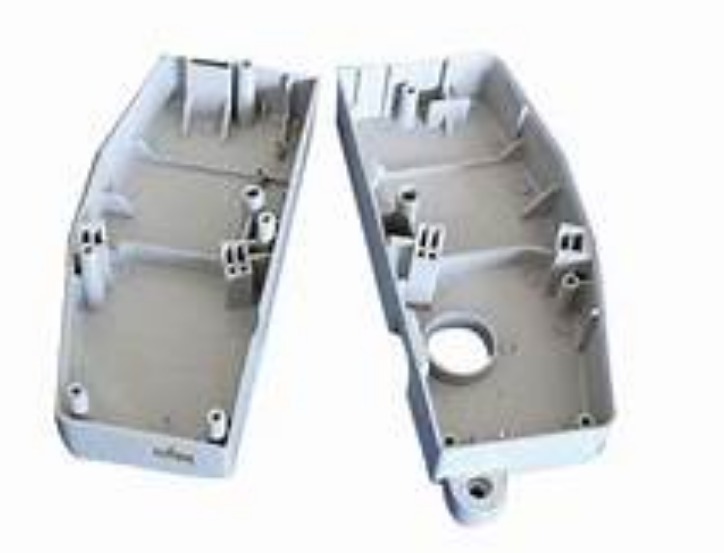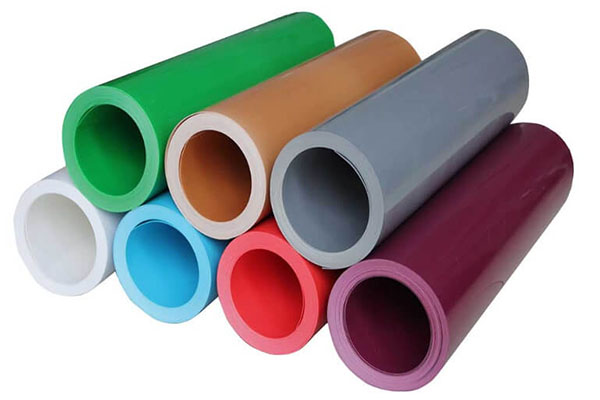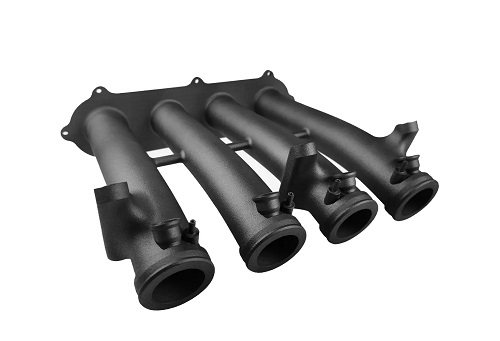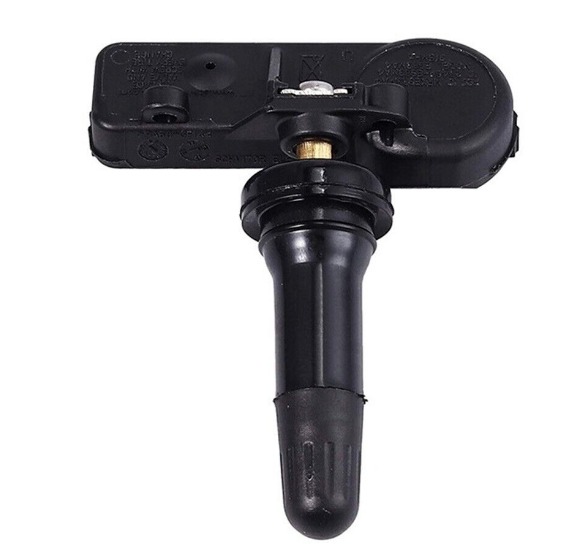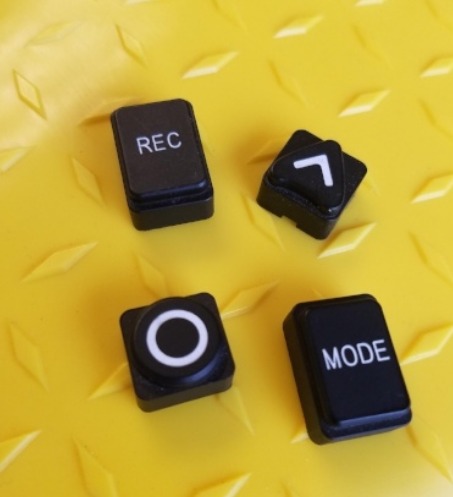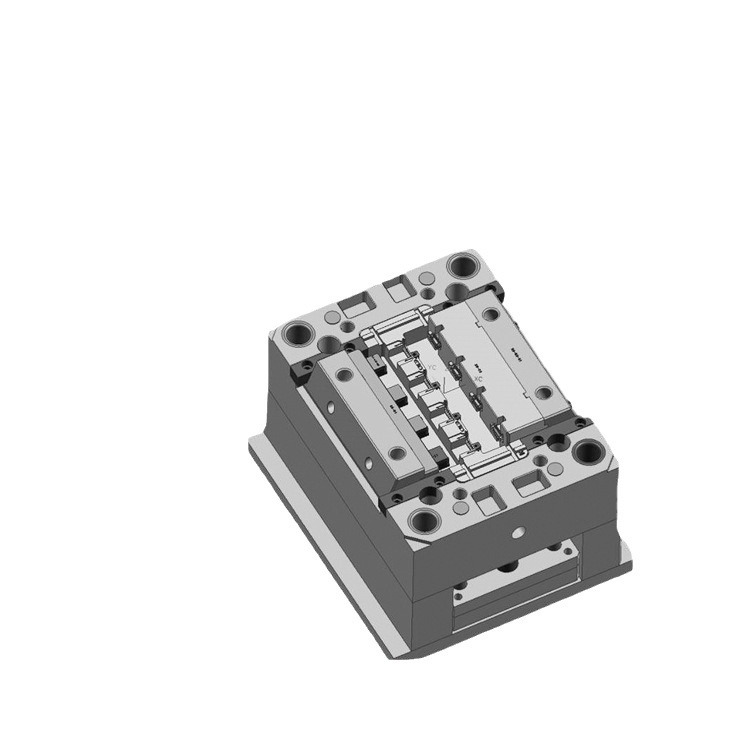Introduction
What is Gas Assisted Injection Molding?
Gas Assisted Injection Molding (GAIM) is a revolutionary technology in the field of plastic processing. In simple terms, it involves injecting inert gas, typically nitrogen, into the molten plastic during the injection molding process. This process creates a hollow structure within the plastic part.
The operation of GAIM can be divided into several key steps. First, a partial amount of molten plastic is injected into the mold cavity, which is called "short shot" injection. Then, high - pressure gas is introduced into the mold through specific channels. The gas, being lighter than the molten plastic, will seek the path of least resistance. It will penetrate the molten plastic, pushing it towards the walls of the mold cavity, and eventually form a hollow section in the center of the plastic part. This technology is a significant innovation compared to traditional injection molding, as it combines the advantages of both plastic processing and gas - related techniques.
Why is it Important for Plastic Parts?
GAIM plays a crucial role in plastic part manufacturing for multiple reasons.
Enhanced Quality: One of the most significant benefits is the improvement in the quality of plastic parts. By creating a hollow structure, the internal stress distribution within the part becomes more uniform. This results in reduced warping and distortion of the plastic parts. For example, in the production of large - sized plastic components like automotive interior panels, traditional injection molding often leads to visible warping due to uneven cooling and stress. With GAIM, these issues are greatly mitigated, ensuring a more precise and aesthetically pleasing final product.
Cost - Efficiency: GAIM can also lead to substantial cost savings. Since the gas - filled hollow structure reduces the amount of plastic material needed, material costs are decreased. Additionally, the cooling time of plastic parts is significantly shortened because the hollow structure dissipates heat more quickly. Shorter cooling times mean faster production cycles, which in turn increases overall productivity and reduces energy consumption.
Design Flexibility: This technology allows for more complex and innovative designs. Designers can create parts with thick and thin sections in the same component, which was previously difficult to achieve with traditional injection molding. For instance, in the manufacturing of electronic device housings, GAIM enables the integration of structural ribs and thin - walled outer shells in a single piece, enhancing both the mechanical strength and the overall appearance of the product.
In summary, Gas Assisted Injection Molding is a game - changing technology for plastic part manufacturing, offering improved quality, cost - effectiveness, and design flexibility. In the following sections, we will explore its working principle, advantages, applications, and the challenges it may face in more detail.
The Basics of Gas Assisted Injection Molding
Working Principle
The working principle of Gas Assisted Injection Molding (GAIM) is a fascinating blend of plastic processing and gas - dynamics.
Step 1: The Initial "Short Shot" Injection
First, the process begins with an injection of a partial amount of molten plastic into the mold cavity. This is called the "short shot" injection. For example, if we are manufacturing a plastic chair leg, the injection machine will inject less plastic than what would be required to completely fill the mold cavity in a traditional injection molding process. This initial amount of plastic is carefully calculated based on the design of the final product. The goal here is to create a "foundation" within the mold for the subsequent gas - injection step.
Step 2: Gas Injection
After the short shot injection, high - pressure inert gas, usually nitrogen, is introduced into the mold through a special gas - injection system. Nitrogen is preferred because it is non - reactive and abundant. The gas, being lighter than the molten plastic, will move towards the areas of least resistance within the molten plastic mass. As it penetrates the plastic, it gradually pushes the plastic towards the walls of the mold cavity. This action creates a hollow channel in the center of the plastic part. For instance, in the case of a large - scale plastic automotive bumper, the gas will flow through the thicker sections of the molten plastic, forming a hollow structure that provides strength while reducing weight.
Step 3: Cooling and Solidification
Once the gas has created the desired hollow structure, the plastic - gas combination is allowed to cool. The gas continues to exert pressure on the inner surface of the plastic during the cooling process. This pressure helps to maintain the shape of the part and ensures uniform cooling, reducing the likelihood of warping or shrinkage. As the plastic cools and solidifies, the final product with a hollow interior is formed, ready to be ejected from the mold.
Key Components and Equipment
To execute the Gas Assisted Injection Molding process effectively, several key components and equipment are essential:
- Injection Molding Machine: This is the core equipment in the GAIM process. It is responsible for melting the plastic pellets and injecting the molten plastic into the mold. Injection molding machines come in various sizes and capacities, with different clamping forces to accommodate different mold sizes and part geometries. For example, a large - scale production of industrial plastic containers may require an injection molding machine with a high clamping force to keep the mold closed during the high - pressure injection and gas - injection phases.
- Gas Supply System: This system provides the high - pressure inert gas (usually nitrogen) for the process. It includes gas cylinders, pressure regulators, and pipelines. The gas cylinders store the nitrogen at high pressure, and the pressure regulators ensure that the gas is delivered to the mold at the correct pressure and flow rate. For instance, a typical gas supply system for GAIM may operate at pressures ranging from 10 to 30 MPa, depending on the requirements of the plastic part being produced.
- Mold: The mold is designed to shape the plastic part. In GAIM, molds have special channels for gas injection. These channels, also known as gas - delivery channels, are strategically placed to ensure that the gas can penetrate the molten plastic evenly. Molds can be made of various materials such as steel or aluminum, with steel molds being more common for high - volume production due to their durability.
- Control System: A sophisticated control system is used to monitor and regulate the entire GAIM process. It controls parameters such as the injection speed of the plastic, the timing of gas injection, the gas pressure, and the cooling time. This control system ensures consistent quality of the plastic parts. For example, modern control systems can adjust the gas injection pressure in real - time based on the feedback from sensors placed within the mold, ensuring that each part produced meets the required specifications.
Two Main Injection Gas Methods
Sealed Injection Gas
The sealed injection gas method is a straightforward approach in Gas Assisted Injection Molding. In this method, high - pressure inert gas, typically nitrogen, is directly injected into the mold cavity. This action leads to the formation of a hollow structure within the plastic part.
One of the most significant advantages of the sealed injection gas method is its simplicity in mold design and processing. Since it doesn't require a complex live - valve design, the mold manufacturing process becomes less complicated and more cost - effective. For example, small - to - medium - sized plastic product manufacturers often prefer this method when producing items like plastic handles for household tools. The mold can be quickly and easily fabricated, reducing the lead - time for new product development.
Moreover, the sealed injection gas method offers flexibility in gas injection points. Multiple gas injection points can be set up within the mold according to the shape and requirements of the plastic part. This allows for better control over the formation of the hollow structure, ensuring uniform distribution of the gas - filled area. For instance, in the production of irregular - shaped plastic toys, different gas injection points can be strategically placed to create hollow sections in specific areas, enhancing the product's strength - to - weight ratio while maintaining its structural integrity.
In - Gas Nozzle
The in - gas nozzle method involves a more precise and technologically advanced approach to gas injection. In this method, a specially designed closed gas - injection nozzle is installed on the injection molding machine. This nozzle enables the injection of gas during the plastic injection process.
The key advantage of the in - gas nozzle method is the enhanced precision and efficiency of gas injection. The gas can be introduced at a specific time and pressure during the injection of the molten plastic. This precise control over gas injection timing and pressure allows for better - controlled formation of the hollow structure within the plastic part. For example, in the production of high - precision plastic components for the automotive industry, such as engine intake manifolds, the in - gas nozzle method can ensure that the gas penetrates the molten plastic in a highly controlled manner. This results in a more uniform hollow structure, which is crucial for the performance and durability of the final product.
Another benefit of this method is that it can reduce the risk of gas leakage and improve the overall quality of the plastic parts. The closed - gas injection nozzle design minimizes the chances of gas escaping during the injection process, ensuring that the gas is effectively used to create the desired hollow structure. This leads to fewer defects in the plastic parts, such as uneven wall thickness or incomplete hollow sections, and ultimately improves the production yield and product quality.
Yigu Technology's View
As a non - standard plastic metal products custom Supplier, Yigu Technology highly values the application of Gas Assisted Injection Molding (GAIM). GAIM has been a game - changer in our production processes, significantly enhancing the quality of our plastic products while effectively reducing costs.
In our experience, GAIM enables us to produce plastic parts with more uniform internal stress distribution, resulting in less warping and distortion. This is crucial, especially for large - scale or complex - shaped plastic components. For example, when manufacturing custom - designed plastic brackets for industrial equipment, the hollow structure formed by GAIM not only improves the product's strength - to - weight ratio but also ensures dimensional stability.
Moreover, the cost - saving aspect of GAIM is substantial. By reducing the amount of plastic material used and shortening the cooling time, we can increase production efficiency and cut down on overall production costs. Our company has also accumulated rich experience in optimizing the GAIM process, from mold design to gas injection parameter adjustment. We are able to handle various complex plastic part designs and production requirements, providing high - quality custom - made products for our clients.
FAQs
What are the main differences between gas - assisted injection molding and traditional injection molding?
- Process: In traditional injection molding, molten plastic is injected into the mold cavity until it is completely filled. In gas - assisted injection molding, a partial amount of molten plastic is first injected (short shot), and then gas is introduced to push the plastic to fill the cavity and create a hollow structure.
- Product Performance: Gas - assisted injection molding can reduce warping and distortion due to more uniform stress distribution, while traditional injection molding may have more issues with internal stress and uneven cooling. For example, in large - scale plastic parts, warping in traditional injection molding can be up to 1 - 2 mm, while in gas - assisted injection molding, it can be reduced to 0.5 - 1 mm. Gas - assisted parts also often have better strength - to - weight ratios as they have hollow sections.
- Cost: Gas - assisted injection molding can save material costs as less plastic is needed, and the shorter cooling time leads to lower energy consumption and higher productivity. However, the initial investment in gas - supply equipment and mold modification for gas channels may be higher compared to traditional injection molding.
Can gas - assisted injection molding be used for all types of plastic materials?
Not all plastic materials are suitable for gas - assisted injection molding. Materials with good melt strength and flowability are more suitable. For example, polypropylene (PP), polyethylene (PE), and acrylonitrile - butadiene - styrene (ABS) are commonly used in GAIM. These materials can be easily penetrated by gas and can form stable hollow structures. On the other hand, some high - viscosity materials like certain grades of polycarbonate (PC) may face challenges. High - viscosity plastics are difficult for the gas to penetrate evenly, which may lead to inconsistent hollow structures or even gas leakage. Additionally, materials that are too brittle may crack during the gas - injection process due to the stress exerted by the gas.
How to ensure the quality stability of products in gas - assisted injection molding?
- Mold Design: Design molds with proper gas - delivery channels. The channels should be smooth and evenly distributed to ensure uniform gas penetration. For complex - shaped parts, multiple gas - injection points may be needed. For example, in the production of automotive interior components, molds are designed with multiple gas - injection points to ensure that the gas can reach all thick - walled areas.
- Process Parameter Control: Precise control of parameters such as the amount of the initial plastic injection (short - shot volume), gas - injection pressure, gas - injection time, and cooling time is crucial. For instance, the gas - injection pressure should be adjusted according to the size and shape of the plastic part. Too high pressure may cause the plastic to burst, while too low pressure may result in incomplete hollow structures.
- Online Monitoring: Use sensors to monitor the process in real - time. Pressure sensors can be installed in the mold to monitor gas pressure, and temperature sensors can be used to monitor the cooling process. If any abnormal changes are detected, the process can be adjusted immediately to ensure product quality stability.
